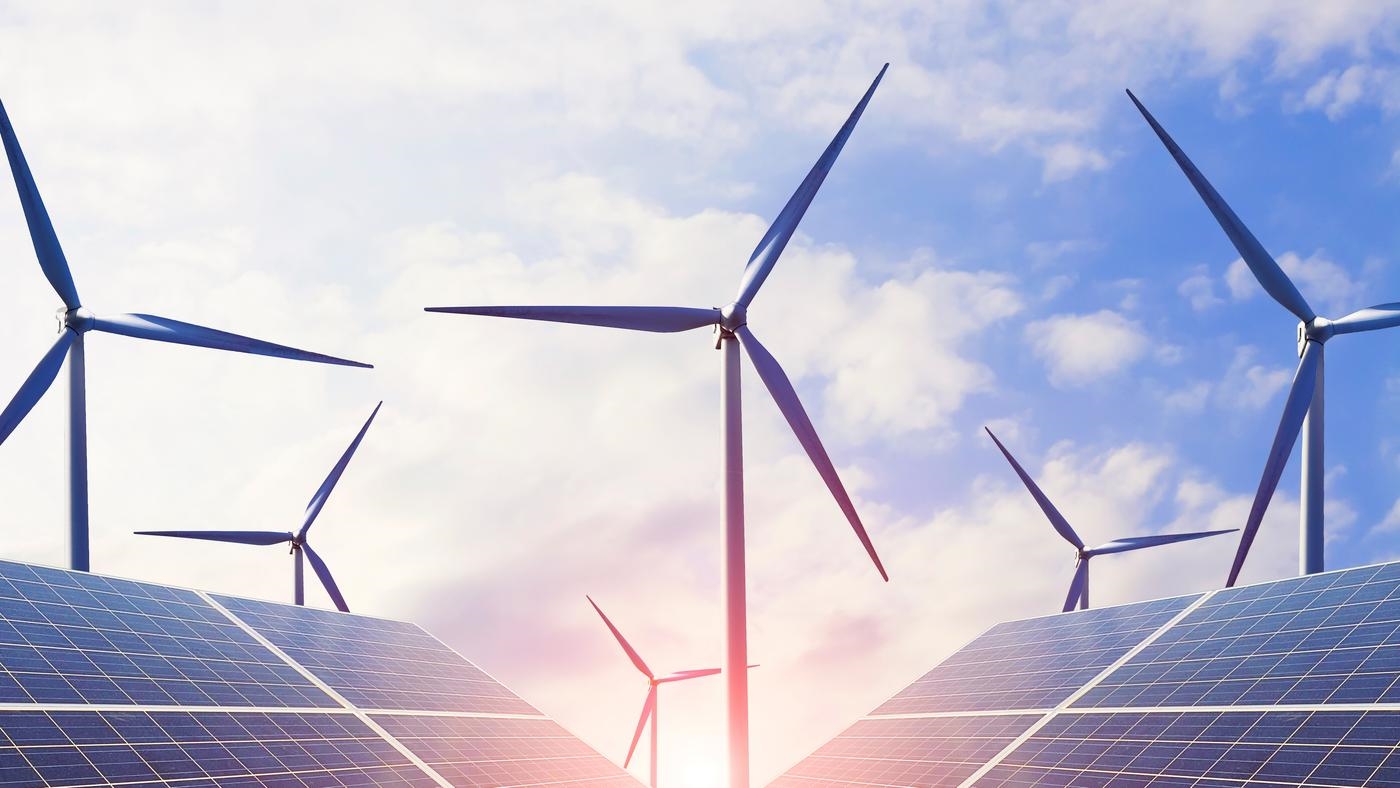
Energy transition outlook: the global context
The environment in which our energy transition scenarios are created is evolving faster than ever before
Download the complimentary executive summary
In 2021 at COP26, both governments and the energy industry set out to deliver on the most ambitious goal of the Paris Agreement and limit global warming to 1.5 ˚C. But the world is not on track to meet this goal.
The war in Ukraine exposed the world’s reliance on fossil fuels. Global cooperation towards climate change sagged and pushed governments and society to tackle the near-term challenge of high energy prices and supply deficits.
Energy security and supply chains trumped many governments’ agenda for sustainability. Industry scrambled to secure alternative fuel supplies, including resorting to oil- and coal-fired power generation. Energy markets rarely looked so vulnerable in recent memory.
Renewables supply chains have come under increasing pressure, with demand out-stripping supply for the raw materials required for their production, and the squeeze on interest rates and cost inflation now coming back to bite renewables developers.
It is no surprise that global carbon emissions increased in 2022 after a 6.3% year-on-year drop in 2020, driven by the pandemic.
Our energy transition outlooks
In one scenario, our base case, we analyse how energy markets could evolve if the current pace of policy and technology adoption continues. In another, our country pledges scenario, we assess a more optimistic future for the energy transition, where countries achieve their existing emissions reduction pledges. Finally, in our net zero 2050 scenario, we discuss how the world could shift from where it wants to be headed towards a lower carbon and more sustainable future; we model credible choices from the challenging options available, to achieve the agreements set out originally at COP21 in 2015.
Explore the scenarios
Methodology
Our energy transition outlook consists of three different energy transition scenarios built bottom up from proprietary data sets on asset level costs and integrated demand models. Wood Mackenzie models global energy supply and demand until 2050 and gathers data from across energy and materials supply chains including base and battery metals, critical minerals and emerging technologies such as hydrogen, CCUS, long duration energy storage, next-generation nuclear and geothermal.
Reaching deeper and wider than equivalent modelling Wood Mackenzie’s three energy transition scenarios are the most comprehensive and integrated analysis available. Find out more about our Energy Transition Service.
Related products
Energy & Natural Resources Consulting
Providing bespoke, independent advice that helps our clients navigate critical challenges to make and execute energy & natural resources investment decisions with confidence.



